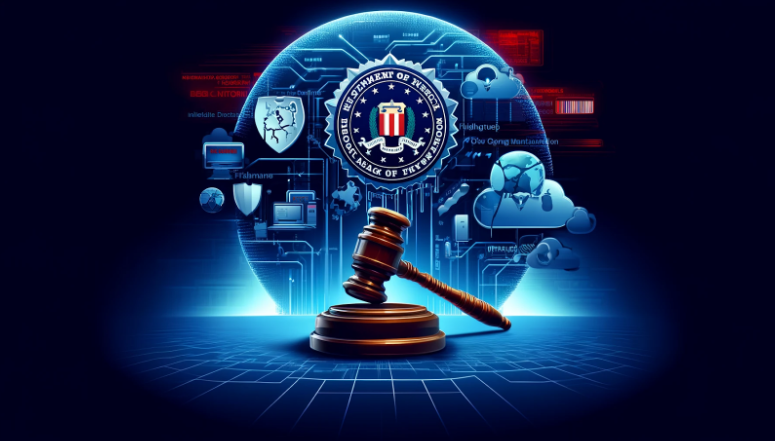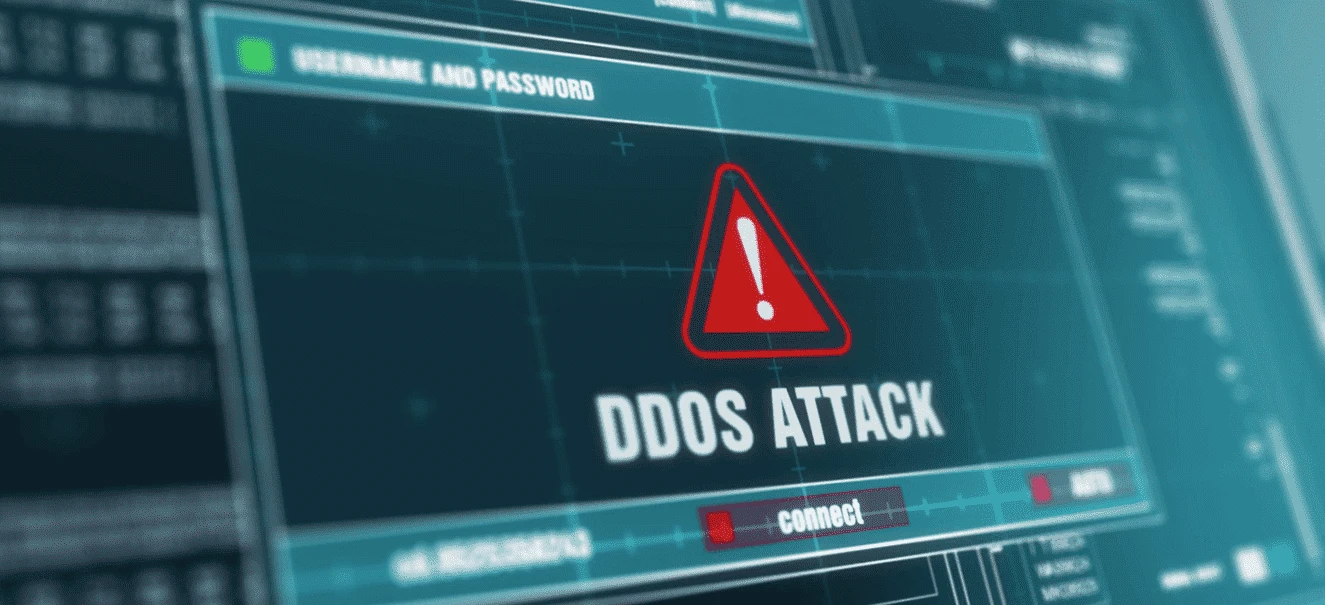Cybersecurity in healthcare has never been more critical. As the most vulnerable industry, healthcare faces an increasing wave of cyberattacks, making it the largest target for cybercriminals. When a hospital's systems are held hostage by ransomware, it’s not just data at risk—it’s patient care, which can lead to postponed surgeries, halted emergency care, and compromised life-saving treatments. Imagine a cancer patient’s private health information being used for extortion; this is the devastating reality as cybercriminals exploit healthcare systems.
Since 2012, healthcare has accounted for 17.8% of all breach events and 18.2% of destructive ransomware incidents. This surpasses other major sectors like finance, government, and education. The reason? Poor cybersecurity hygiene. Basic lapses, like failing to patch software or secure networks, expose systems to attack, leading to devastating consequences.
Healthcare’s Vulnerabilities: A Dangerous Target
Unlike other industries where cyberattacks cause primarily financial or reputational damage, in healthcare, lives are at stake. Hackers are aware that they’re not just attacking systems—they’re targeting life-saving operations. This makes healthcare a uniquely attractive target for several reasons:
- Broad Attack Surface: The reliance on interconnected systems supporting everything from patient records to critical medical devices creates numerous vulnerabilities.
- Sensitive Data: Healthcare systems contain valuable personal information, making them prime targets for extortion and data theft.
One example is the CommonSpirit Health ransomware attack in October 2024, where hospitals had to delay procedures and redirect emergency care, significantly endangering patient safety. Another incident was the Fred Hutchinson Cancer Center breach in November 2024, where criminals extorted patients by threatening to leak their private health information.
These incidents are exacerbated by poor cybersecurity practices within the sector, increasing both the likelihood and the severity of attacks.
The Link Between Cyber Hygiene and Breach Events
An analysis of 1,454 ransomware events between 2016 and 2023 reveals a stark correlation: organizations rated poorly in cybersecurity hygiene (D or F) experience 35 times more ransomware events than those rated A. The message is clear: proper cybersecurity hygiene significantly reduces the likelihood of destructive attacks.
Weaknesses in basic areas, such as unpatched software, insecure network services, and unencrypted communications, are key vulnerabilities that attackers exploit. In contrast, healthcare organizations that enforce strong cybersecurity measures—regular software patching, network security, and data encryption—are far less susceptible to breaches.
The Consequences of Poor Cybersecurity
In healthcare, downtime caused by cyberattacks is not just inconvenient—it can be fatal. Ransomware, which locks systems and disables operations, can prevent hospitals from providing critical care. This downtime can mean the difference between life and death for patients relying on urgent treatments. Data shows that healthcare organizations with poor cybersecurity hygiene experience 16.6 times more breach events than those with better practices, exposing themselves to more frequent attacks and catastrophic outcomes.
Improving Cybersecurity Hygiene in Healthcare
To address these threats, healthcare organizations must take a proactive stance. Here are five strategies for improving cybersecurity hygiene:
- Continuous Monitoring: Regular audits help identify vulnerabilities, including those in third-party vendor systems that may pose additional risks. Given the interconnected nature of healthcare, third-party risk management is crucial.
- 24/7 Security Operations: With ransomware often striking during weekends or holidays, healthcare institutions must maintain round-the-clock security operations to defend against attacks at all times.
- Third-Party Risk Management: Cybercriminals frequently target suppliers and partners with weaker cybersecurity defenses. Healthcare providers must continuously assess and monitor third-party vendors to ensure compliance with security standards.
- Regular Patching and Encryption: Keeping software up to date and ensuring secure data transmission are fundamental defenses against cyberattacks. Patching vulnerabilities and encrypting sensitive information prevents unauthorized access and strengthens system security.
- Incident Response and Recovery Planning: Preparedness is vital. Hospitals need well-developed incident response plans that are regularly tested. Backup strategies should also be in place to quickly restore critical data and minimize operational downtime during a cyberattack.
A Case Study: Mastercard's RiskRecon
Mastercard’s RiskRecon solution offers a practical approach to improving cybersecurity hygiene in healthcare. Through continuous monitoring and detailed risk assessments, RiskRecon provides healthcare organizations with insights into their vulnerabilities, enabling them to mitigate risks effectively. By assigning A to F cybersecurity ratings across multiple domains (e.g., software patching and network security), RiskRecon helps healthcare institutions prioritize improvements and reduce their chances of experiencing breaches.
This proactive approach helps organizations not only benchmark their performance against industry peers but also ensures they continuously improve their cybersecurity posture.
Strengthening Cybersecurity in Healthcare: The Road Ahead
As cyberattacks on healthcare systems grow more frequent and sophisticated, the need for urgent, coordinated action becomes increasingly apparent. Healthcare organizations can no longer afford to wait for an attack to react—they must adopt a proactive approach to cybersecurity hygiene.
By investing in the right tools, practices, and partnerships, healthcare institutions can protect their systems and, most importantly, ensure uninterrupted care for patients. Platforms like Mastercard’s RiskRecon offer valuable solutions that help healthcare organizations safeguard their operations and minimize the risk of destructive ransomware attacks.
The stakes are high, and by improving cybersecurity hygiene, the healthcare sector can reduce its vulnerability and continue to deliver essential care without disruption.







.jpg)
